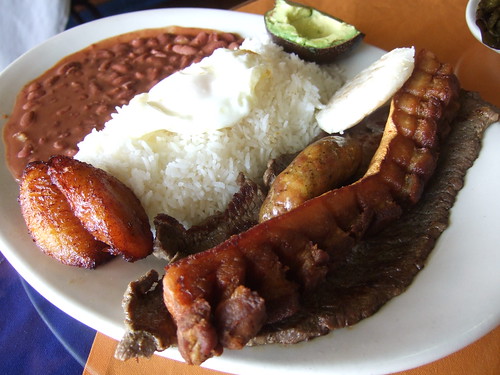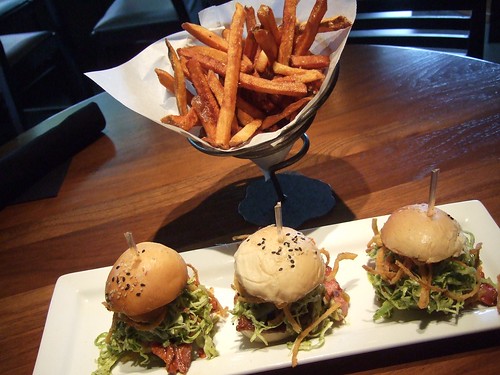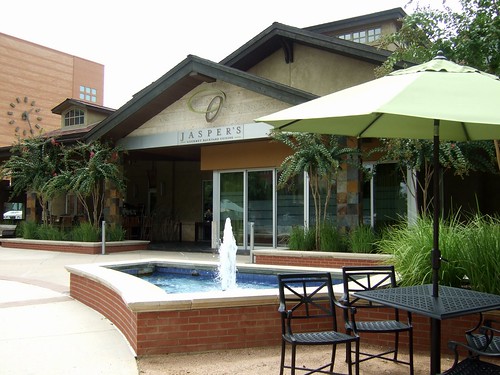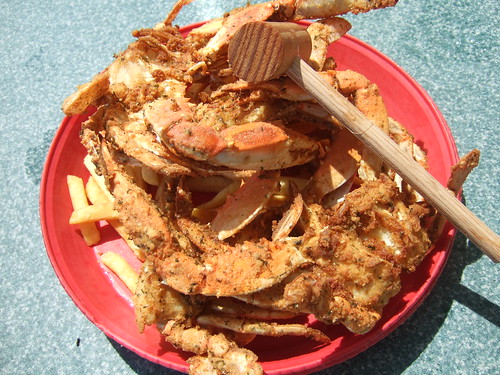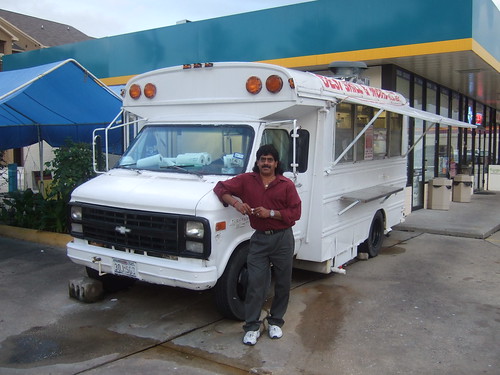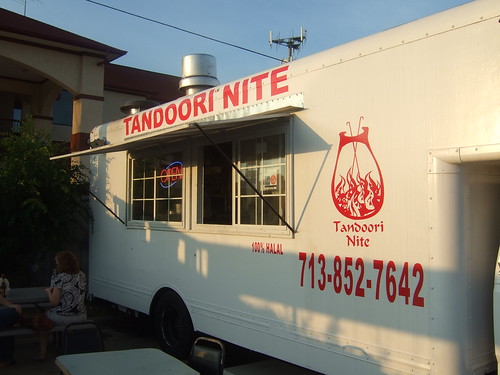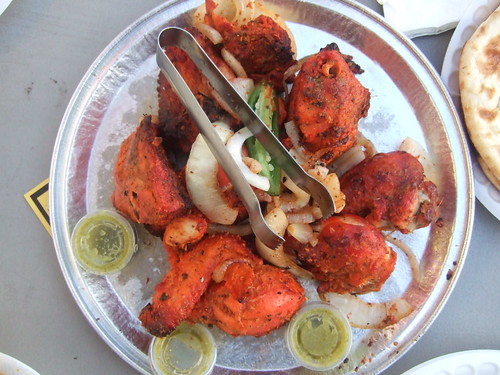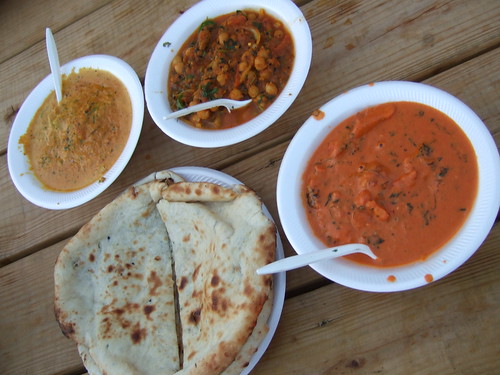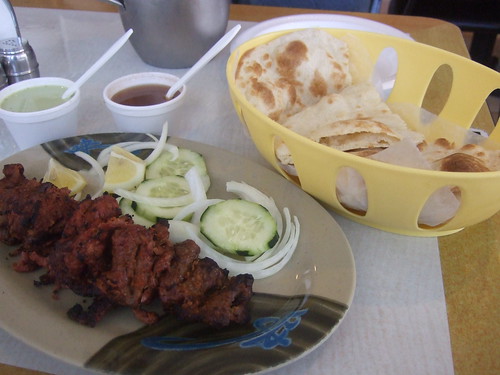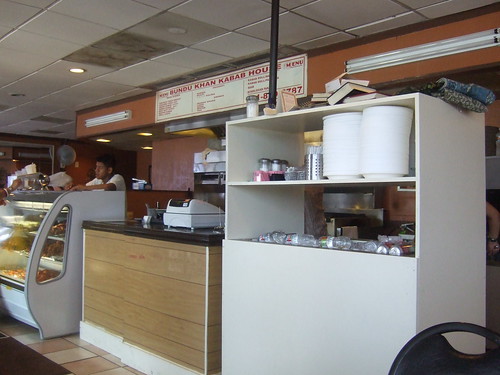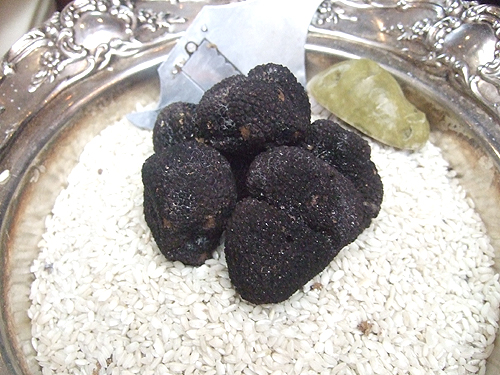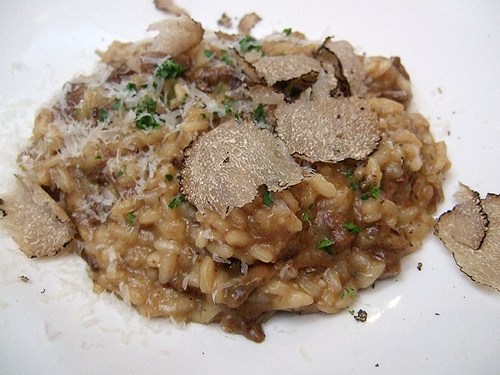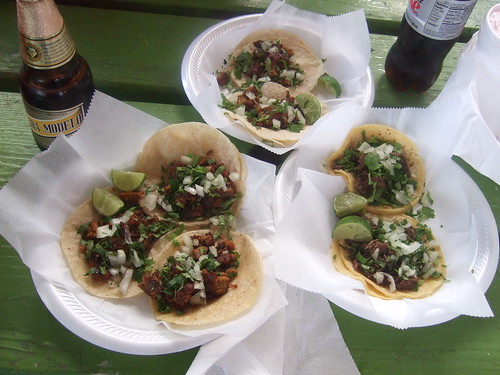In the pantheon of international cuisines that grace Houston's culinary landscape, Colombian food often gets short shrift. Not unexpectedly. The starchiness of Colombian dishes dominated by staple crops like beans, rice and potatoes looks positively stiff compared to the salsa and salsa-dancing flavors of spicy Tex-Mex.
Thai food? Rightfully celebrated for the fireworks of spice, flavor, color and diversity of ingredients. Japanese food? A balletic combination of raw and cooked fish, meat and vegetable. In a neighborhood of flashy ethnic food competitors, Colombian food may seem like a dreary storefront, a single neon "Open" sign flashing longingly, beckoning passers-by to step inside and give it a whirl.
As well we should. Far from being a one-dimensional cuisine, Colombian food represents a rich mix of cultures, ingredients and preparations. Colombia is blessed with a diversity of regions and ingredients, from the seafood of the coast to the staple crops of the Andes mountains. A melting pot of indigenous Colombian traditions, African/Caribbean influences, and Spanish colonial techniques fuses into a rich comida criolla ("mixed cuisine").
Read More...There are many typical dishes of Colombia, all vying for the title of the country's national dish. There's sancocho, a hearty soup made of potato, yuca, plaintain and corn with a meat component of chicken or beef. Ajiaco is a potato soup traditionally made with three types of potatoes, chicken and the herb guasca (known as "gallant soldier" in the United States). Arepas are the fried or grilled corn cakes that accompany every Colombian meal. Tropical areas of Colombia provide a rich palette of fruits that form the basis of traditional fruit juices made from blackberry (mora), mango, passion fruit (maracuya) and soursop (guanabana) to name a few.
But arguably the best-known of Colombian dishes is bandeja paisa ("platter of the paisa people"), a colossal plate of meat and starch that is often served at lunch, traditionally following a long morning at work, and then followed by a siesta before resuming work in the afternoon. Originating from the Antioquia region of the Andes mountains (where the local population are known as "paisas"), this South American sampler plate combines many of Colombia's most popular dishes and ingredients. Recipes vary by region, but the basic components include red beans, rice, chorizo sausage, chicharonnes (fried pork rind), grilled flank or skirt steak, fried plaintains, avocados, arepas, a fried egg and a salsa-type condiment (usually a hogao sauce made of tomatoes and onions).
Certainly an ambitious dish worthy of national recognition. Indeed in 2005, the Colombian government under the administration of Álvaro Uribe (perhaps not coincidentally born in the Antioquian city of Medellín), decided to make bandeja paisa the official national dish of Colombia. Unsurprisingly, this did not go over well with the population in other parts of Colombia, who argued that the dish represented only a small fraction of the country. In a somewhat clumsy compromise, the government offered to rename the dish bandeja montañera ("platter of the mountains"). Many believe it's just a marketing gimmick to raise the profile of Colombian cuisine, much like the fabled Juan Valdez did for Colombian coffee. Protestations aside, bandeja paisa is now generally recognized as the national dish of Colombia.
In Houston, bandeja paisa is featured prominently on most Colombian restaurant menus. On a recent lunch visit to Mi Pueblito, one of Houston's best known Colombian restaurants, I sat down with a dining companion at a small table by the window. Surrounded by photographs of Botero sculptures and a wait staff wearing starched blue shirts sporting the restaurant's logo, we told the server we wanted to order the bandeja paisa. With a straight face that would make Roy Scheider proud, he replied, "You're gonna need a bigger table." Relocated to an adjacent four-top, we sipped our Mexican cokes (we'll get the fruit juices next time) and waited for the bravura feast to begin.
The size, quantity and quality of food was excellent. The platter covered a good quarter of the table surface, steaming and piled high with the traditional ingredients of bandeja paisa. A pool of red beans with an adjacent pile of rice was delicious and perfectly cooked, worthy of any Cajun red beans and rice recipe to which it might be compared. A generous slab of thinly tenderized flank steak lined the bottom of the platter, nicely marinated and flavorful. A sinuous strip of pork rind was scored into bite-sized chunks and then deep fried into knobs of pork "candy" that could be snapped off and popped into the mouth. The chorizo sausage was diminutive and overly pungent with cumin, really the only misfire of the dish. Pucks of fried white corn meal - the arepas - were included, along with a garnish of fresh avocado and an over-easy fried egg piled on top for good measure. A saucer of aji, a chimichurri-like condiment was also provided.
The bandeja paisa at Mi Pueblito comes in two sizes - "medium" and "regular." The medium size is clearly meant for one person, the regular size is meant for two, and indeed my dining companion and I easily finished off the regular size. At $13.45 split between us, this giant plate of food was a delicious bargain.
And really, this type of dish is meant to be served family-style, with each diner picking and choosing from the components, combining them in different ways, adding garnishes and sauces here and there. It's not a coincidence that bandeja paisa is served on (and named after) one big platter. Individually, the ingredients and components may seem dull, but it's really how you blend and mix them up that makes this a fascinating dish, both culinarily and culturally.
This blog entry was originally posted 21 September 2010 on the www.29-95.com website.
